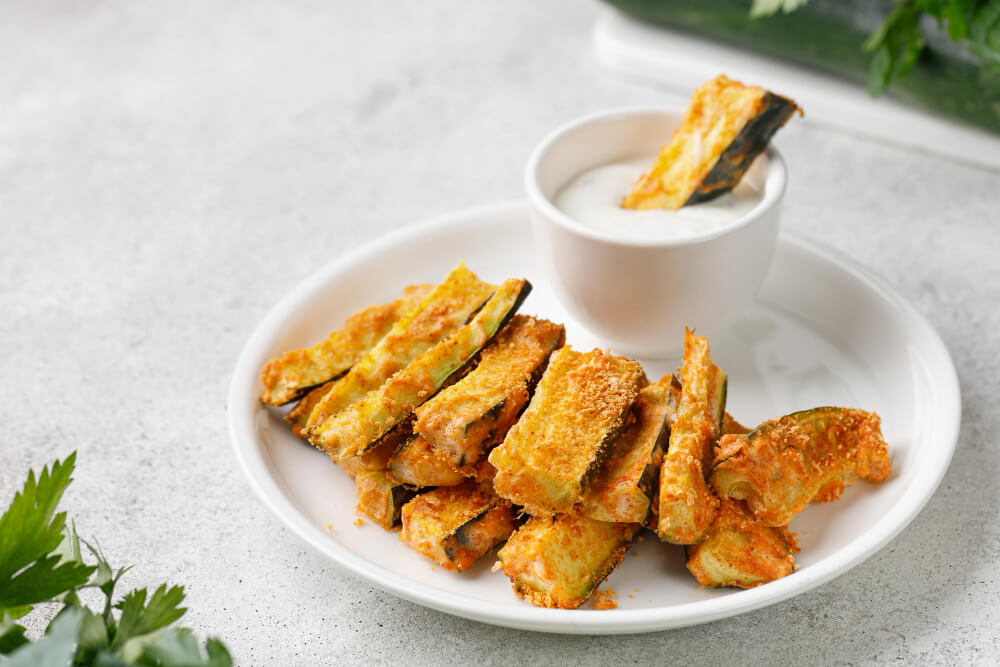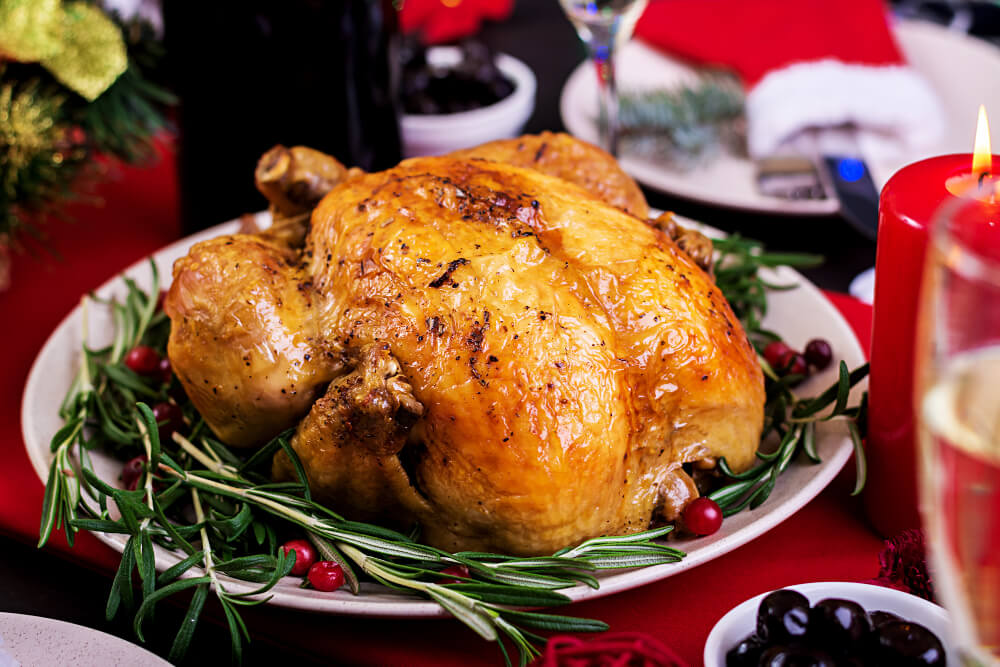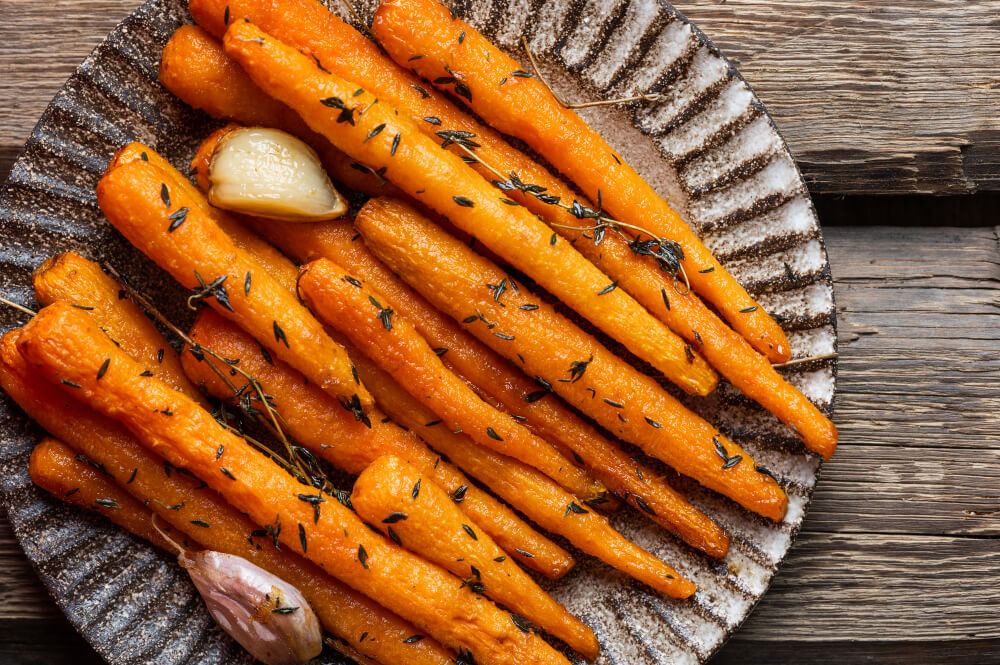
Have you recently purchased a teak cutting board or butcher block? Are you perplexed about what's the best cutting board oil to maintain its sleek appeal and longevity? Look no further.
In this blog, we'll enlighten you about the best oil for your teak cutting board. Usually, any food-grade mineral oil will do, providing a protective coat of oil, keeping your board food safe and in top-notch condition.
But have you ever heard of tung oil? This natural extract could just be the game-changer you need. Intrigued?
Continue reading to learn more about how the right choice of oil can transform the use of your cutting board, maintaining its beauty and durability for years to come.
What Does Oiling Do to Your Wood Cutting Board?
Oiling your teak wood cutting board is akin to providing it with a protective shield. It's not just about making your board look visually appealing, but it's also about ensuring its longevity and safety. When you oil your board, you're doing more than just refreshing its appearance. You're essentially infusing the wood with a substance that can make it resistant to water, stains, and food particles.
When you have a new cutting board, you might not think of this maintenance step as vital. However, with time, the lack of proper care can lead to cracks and warping, making the board less safe to use. This is where oiling comes into play. A well-oiled board ensures a smooth, non-porous surface that's less likely to harbor bacteria.
Using the best oil on your cutting board also helps maintain its natural beauty, keeping the teak wood vibrant and lustrous. It's like moisturizing your skin - it prevents dryness, cracking, and peeling. When you clean your board, you're removing food particles and potential bacterial growth, but when you oil it, you're sealing that cleanliness in and providing a barrier against future contamination.
In essence, oiling is a critical step to maintain your cutting board, keeping it safe, functional, and aesthetically pleasing for the long haul. Continue reading to find out which oil might be the best fit for your needs.
What Oils You Can Use for Your Teak Wooden Cutting Board?

Deciding which oil to use on your teak wooden cutting board can feel like an overwhelming task, given the numerous choices available. To simplify this process, we've compiled a list of oils that are not only safe to use but can also effectively condition your cutting board for the next use.
-
Mineral Oil: Mineral oil is one of the most common oils used on cutting boards. It's food-safe, doesn't go rancid, and is relatively inexpensive. It penetrates deeply into the wood, providing long-lasting protection.
-
Coconut Oil (Fractionated): Fractionated coconut oil is a popular choice for many due to its pleasant smell and effective sealing properties. This version of coconut oil remains liquid at room temperature and will not go rancid, making it safe for use on your cutting board.
-
Beeswax: While not technically an oil, beeswax is often used in combination with other oils to create a more substantial finish. It offers a higher level of protection and a nice sheen when applied to the wood.
-
Walnut Oil: A favorite among many, walnut oil is a natural, safe option that doesn't interfere with the taste of your food. It's a drying oil, meaning it will harden into a solid, protective layer when exposed to air.
-
Tung Oil: If you decide to use tung oil, ensure you select a food-safe, pure version without additives. Tung oil penetrates deeply and hardens for excellent water resistance, but it does take longer to dry than other oils.
-
Linseed Oil (Food-Grade): Food-grade linseed oil, also known as flaxseed oil, is a good option for your board. It's a drying oil that hardens over time, offering a durable, protective surface. Avoid boiled linseed oil, though, as it contains chemicals that aren't food-safe.
-
Danish Oil: Danish oil is a blend of oils and resins that provide a beautiful, rich finish. While it's not as commonly used as some other oils, it's a safe, effective option if you're looking for a high-gloss finish.
-
Commercially Available Cutting Board Creams and Oils: These are often a blend of oils and waxes specifically designed to protect and preserve wooden kitchenware. They're easy to apply and readily available in many stores.
If you don't have oil handy, it's crucial to note that regular cooking oils, such as olive or vegetable oil, should not be used to oil your cutting board. These oils can turn rancid over time and create a smell or taste that could permeate your food.
What Oils Should You Avoid?

As mentioned earlier, while it's crucial to oil your cutting board for optimal performance and longevity, not every oil is suitable for this task. Some oils, despite their culinary uses, can have adverse effects on your cutting board's quality and lifespan. Here's a guide on which oils to avoid during your cutting board maintenance routine.
Cooking Oils (Olive Oil, Vegetable Oil, etc.)
These oils might be kitchen staples for cooking, but they're not the best oil to use on your cutting board. Why? They are non-drying oils, which means they don't harden after application. Instead, they remain liquid and can turn rancid over time, creating unpleasant odors and flavors that could transfer to your food.
Non-Food-Safe Oils
This category includes oils like motor oil or petroleum products, which are not safe for food contact. It seems obvious, but it's worth stating clearly: never use an oil that isn't food-safe on your cutting board.
Boiled Linseed Oil
While raw, food-grade linseed oil is safe and beneficial for your cutting board, boiled linseed oil is a different story. This type of oil is processed with chemicals that help it dry faster but are not safe for food contact.
Tung Oil (with additives)
Pure tung oil is a wonderful choice for your cutting board, but some varieties on the market are mixed with chemicals to improve drying time or create a glossier finish. Always ensure the tung oil you choose is pure and food-safe.
Cutting board care involves regular maintenance with the right products. It's important to know which oils to use and which ones to avoid to preserve your board's functionality and aesthetic appeal. Remember, the best oil to use is one that's food-safe, won't turn rancid, and properly conditions and protects your cutting board.
How to Apply Oil - Easy and Simple Steps
Applying oil to your cutting board is an easy and straightforward process. Here are simple steps to help you get the most out of your chosen pure oil and keep your cutting board in the best condition:
-
Clean Your Cutting Board: Before oiling, you need to wash the board thoroughly. Use warm soapy water to remove any food particles or stains, then rinse and dry it completely. Any moisture left on the board can prevent the oil from penetrating properly.
-
Prepare Your Oil: Whether you're using a single type of oil or a blend, ensure it's food-safe and ready to use. The amount of oil you'll need will depend on the size of your board and the types of wood it's made from.
-
Apply the Oil: Pour a small amount of oil onto the cutting board. Using a soft, clean cloth or a piece of food-grade paper towel, spread the oil over the entire surface of the board, making sure to cover all sides and edges.
-
Let it Soak: Allow the board to soak up as much oil as it can. This could take a few hours or, for the best results, leave it overnight.
-
Remove Excess Oil: After the board has had time to soak, use a dry cloth to wipe away any excess oil. The wood should look rich and shiny, but not feel greasy.
-
Repeat if Necessary: If your board still looks dry, repeat the process. It's better to apply multiple thin layers than one heavy one.
Remember, the oil mixture will depend on your preference and the specific needs of your teak cutting board. Regular oiling will ensure that your board stays beautiful and durable for many years.
Helpful Maintenance Tips that Will Surely Prolong Your Board's Lifespan
If you've heard that maintaining a wood cutting board is different compared to other types, you've heard correctly. Here are some helpful maintenance tips that will surely prolong your board's lifespan:
-
Regular Oiling: Oiling should be done regularly to keep your board in top condition. Depending on how frequently you use it, you might need to oil your board as often as once a month.
-
Don’t Soak Your Cutting Board: Never soak your cutting board in water or let it sit in the sink. Excessive water exposure can cause the wood to warp or crack.
-
Avoid Extreme Temperatures: Don't place your cutting board in the oven, microwave, or dishwasher. Extreme heat can damage the board and cause it to crack.
-
Clean Immediately After Use: After every use, clean your board with mild soap and warm water. This will prevent food particles from setting into the board and causing stains or odors.
-
Remove Stains and Odors Naturally: If your board has stains or odors, use a paste of baking soda and water to clean it. This natural cleaner is safe for your board and doesn't contain harsh chemicals.
-
Store it Correctly: Store your cutting board in a dry, well-ventilated area. If possible, stand it up to allow air to circulate around it.
By taking care of your cutting board, you're not just maintaining a kitchen tool; you're preserving an investment.
Conclusion
The process of maintaining your teak cutting board and the choice of the best oil to use is crucial to its longevity. With the right care, your cutting board can serve you for years while retaining its beauty and functionality. Remember, the essence of any maintenance routine is regularity and quality care.
Related Articles
- Wood vs. Plastic Cutting Boards Which One Is the Best?
- Best Wood for Cutting Boards, the Ultimate Guide
- Is Oak Good for Cutting Boards - Best Wood for Cutting Board Guide
- How to Fix a Warped Cutting Board
- How to Season a Wood Cutting Board | Wooden Cutting Board Guide
- Wood Not to Use for Cutting Boards | Cutting Board Guide
- Is Hickory Good for Cutting Boards? | Cutting Board Guide
- Is Teak Wood Good for Cutting Boards | Teak Cutting Board Guide
- How to Care For Teak Cutting Board - Wood Cutting Board Cleaning Guide
Related Products You Might Like
Explore the beautifully crafted walnut and maple wood cutting boards offered by Mevell. Each board is expertly designed to stand up to years of use while adding elegance to your kitchen.
Our boards are perfect for home cooks and professional chefs alike. Invest in quality with Mevell's wood cutting boards.



